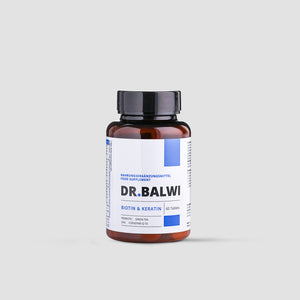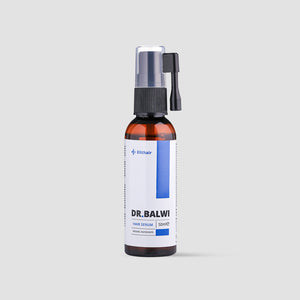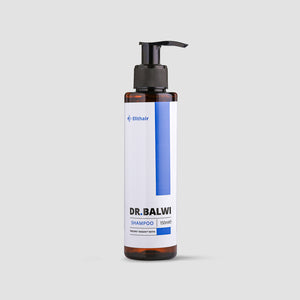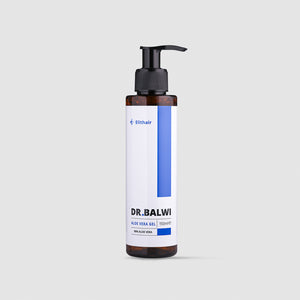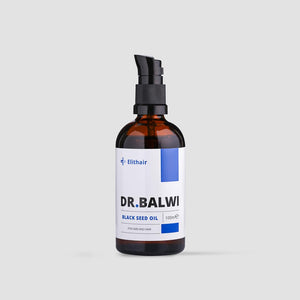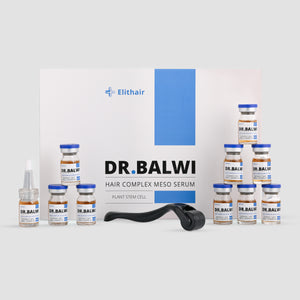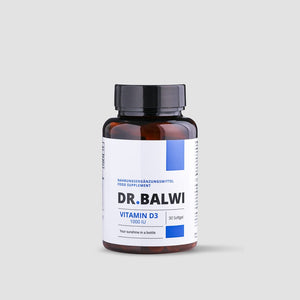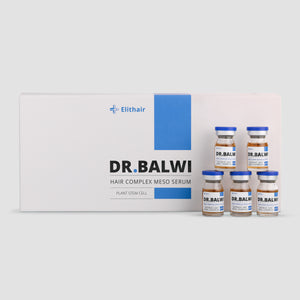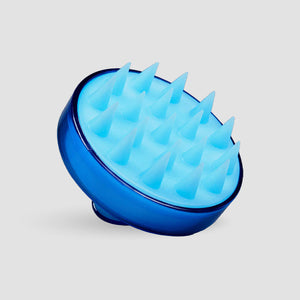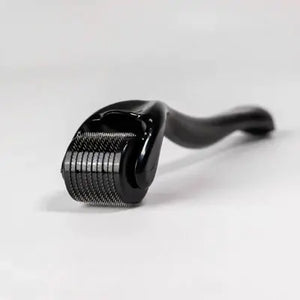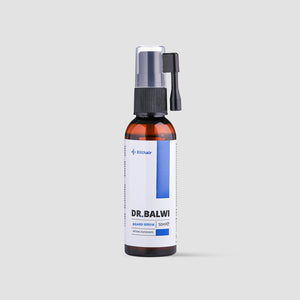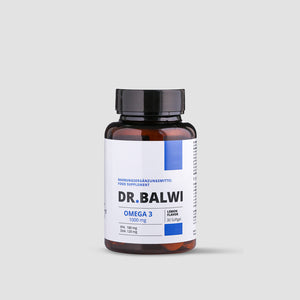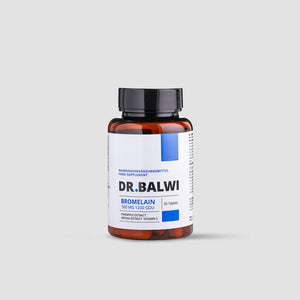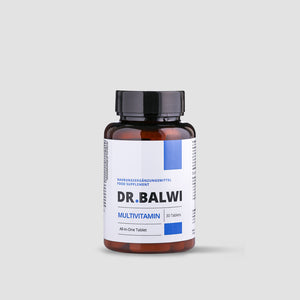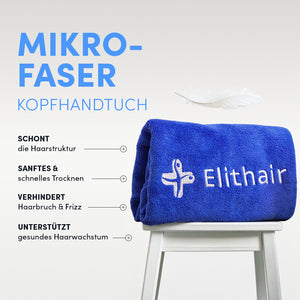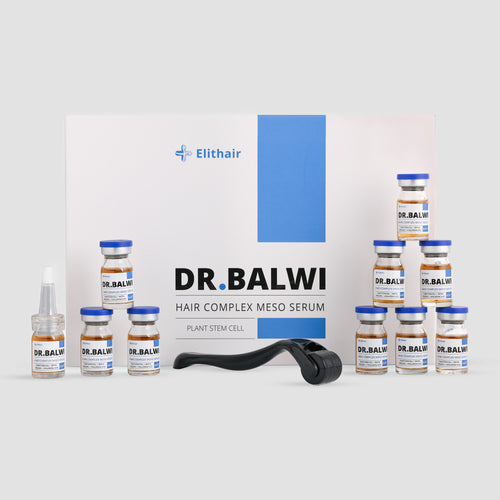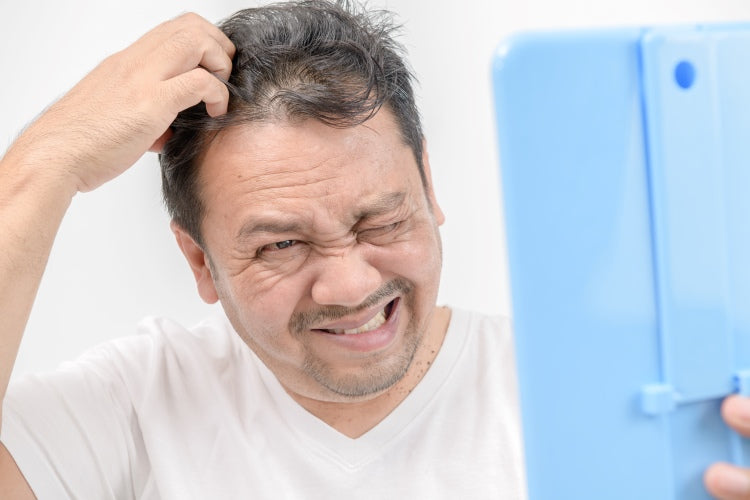
Are seborrheic dermatitis and hair loss related?
Table of contents
- What is seborrheic dermatitis?
- What is hair loss?
- How are the two conditions related?
- How can seborrheic dermatitis and hair loss be treated?
- Conclusion: Seborrheic dermatitis and hair loss can occur together
What is seborrheic dermatitis?
Seborrheic dermatitis is a chronic skin condition characterized by inflammation, weeping patches, and excessive sebum production. It most commonly occurs on the scalp, face, and other areas of the body.
The causes are not fully understood, but it is thought that an overgrowth of yeast on the skin may play a role. Symptoms may include itching , scaling, and skin redness .
What is hair loss?
Hair loss is a condition in which hair falls out and does not grow back .
There are many different types of hair loss , including androgenetic alopecia (male and female pattern baldness), telogen effluvium (excessive hair loss due to stress, illness, or medication), and alopecia areata (an autoimmune disease in which the immune system attacks the hair follicles).
How are the two conditions related?
There are several ways seborrheic dermatitis and hair loss can be related. First, the inflammation associated with seborrheic dermatitis can lead to hair loss . Chronic inflammation can cause damage and lead to a variety of conditions.
In seborrheic dermatitis, the sebaceous glands in the scalp produce too much sebum, which can lead to yeast growth on the scalp. These fungi can trigger an inflammatory response , which in turn can lead to hair loss.

Another possibility is that the treatment of seborrheic dermatitis can lead to hair loss . Many common treatments for seborrheic dermatitis, such as topical steroids or antifungals, can impair hair growth. These medications can inhibit the growth of hair follicles or lead to hair breakage and thinning.
It's also possible that seborrheic dermatitis and hair loss are both simply symptoms of an underlying condition . Some studies have shown that people with the underlying skin condition are more likely to also suffer from autoimmune diseases, which can lead to hair loss. Therefore, it could be that seborrheic dermatitis is an indicator of a generalized immune dysfunction in the body that can lead to hair loss.
How can seborrheic dermatitis and hair loss be treated?
Treatment for seborrheic dermatitis and hair loss can vary depending on the cause and severity.
For seborrheic dermatitis, topical steroids or antifungals may be prescribed to reduce inflammation and excessive sebum production in affected areas. Medicated shampoos containing active ingredients such as ketoconazole or salicylic acid can also be used to treat seborrheic dermatitis.
There are also various treatment options for hair loss, depending on the cause. For androgenetic alopecia, a hair transplant is the most effective treatment , and it lasts a lifetime.
For telogen effluvium, treatment may involve addressing the underlying condition or changing medications. For alopecia areata, however, hair pigmentation can be used to visually replenish the hair.
Conclusion: Seborrheic dermatitis and hair loss can occur together
Seborrheic dermatitis and hair loss are two common skin problems that are often associated . The inflamed scalp associated with this chronic skin condition can lead to hair loss, or its treatment can trigger hair loss.
It's also possible that both are symptoms of an underlying condition , such as autoimmune disorders. Treatment for both conditions depends on the cause and severity and may include topical medications, medicated shampoos, or medications that stimulate hair growth.
It is important to consult a dermatologist to get the right diagnosis and treatment.

